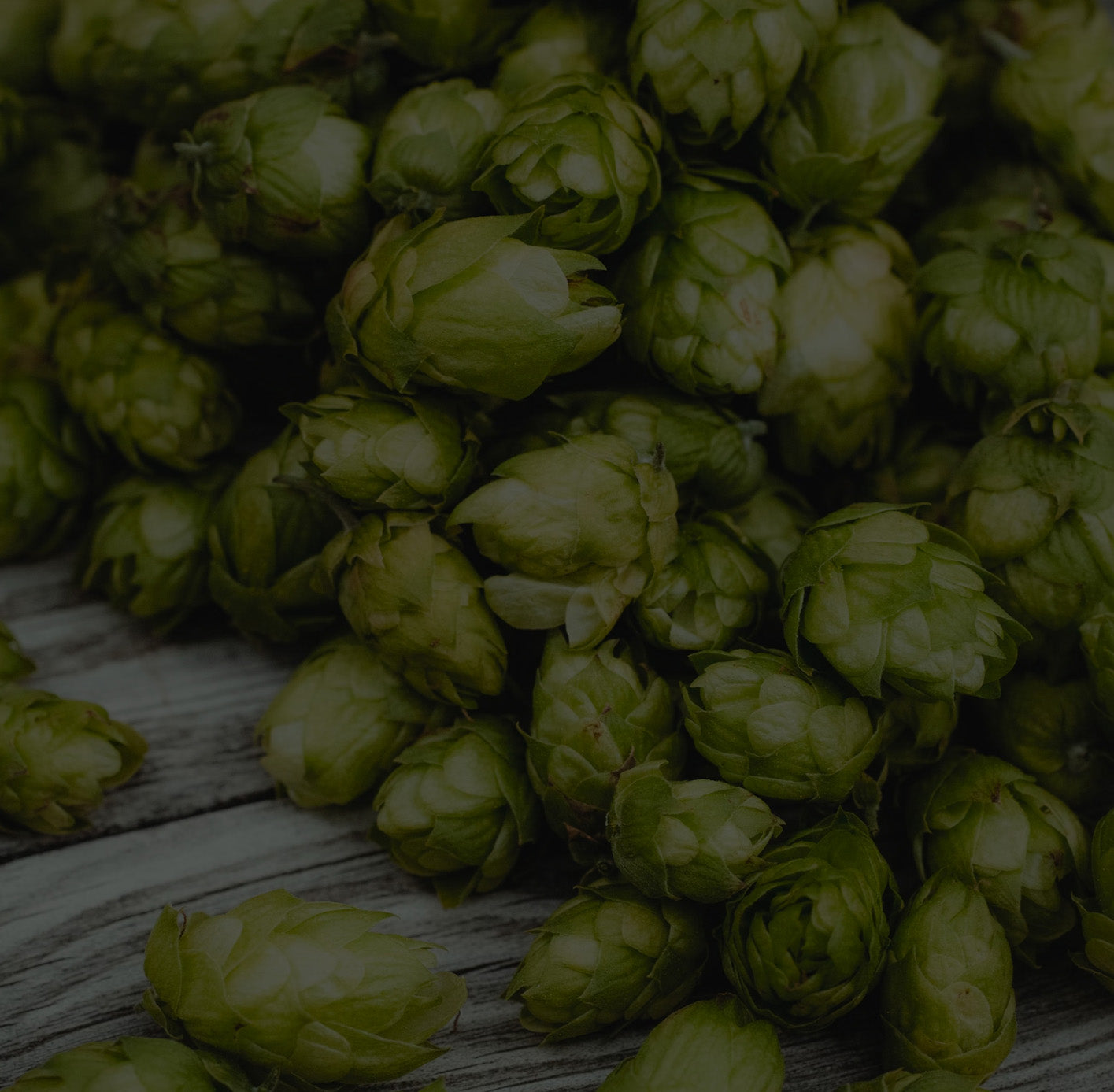
Our mission for this pumpkin spice homebrew recipe was simple: Make a pumpkin beer that doesn't suck. Let's be honest, many of them do. Too often they're overly spiced, too sweet, or just off balance. And in general, pumpkin flavoring just doesn't lend itself to beer anyway. So, to achieve our goal of making a non-sucky pumpkin beer, we knew we had to take a different approach.
At the same time we were talking about making a pumpkin beer we were also talking about trying our hand at making a kettle soured beer. That's when we had an epiphany. Let's combine the two and make a sour pumpkin beer. Since sour "gose" (pronounced gohzah) style beers lend themselves well to spices (they're generally made with coriander, salt, and other spices), we figured that pumpkin spices would be a naturally delicious pairing.
We were definitely a bit nervous because we were unable to find a sour pumpkin recipe. The general consensus in the office was that we'd either knock it out of the park, or fail completely. I'm happy to say that we crushed this one and it turned out amazing. Here are the videos and the recipe details (below).
Sour Pumpkin Beer Brew Video - Part 1
In this video we mash the grains, adjust pH and add the lactobacillus bacteria.
Sour Pumpkin Beer Brew Video - Part 2
In this video we boil the wort, add the spices, chill, add to the fermenter and inoculate with ale yeast.
Water
Beginning water volume: 8.17 gallons (30.9 liters).
Malts
- Marris Otter 7 pounds 8 oz (3.4 kg) (75%)
- Munich Malt 2 pounds (.9 kg) (20%)
- Caramunich Malt 8oz (227 grams) (5%)
Additional ingredients and spices
- 4.25 pounds (1.9 kg) cooked pumpkin during the boil
- 8 ounces (227 grams) brown sugar beginning of the boil (we used light)
- 6.5 grams of cinnamon
- 1 gram of ginger (we'll probably cut this by 50% if we do this recipe again).
- 1 gram of nutmeg
- 3 grams of yeast nutrient
Mash Process
We mashed at 155 degrees Fahrenheit (68.3 degrees Celsius) for 60 minutes.

Mashing in
Quick mash summary:
At the end of the 60 minute mash, the basket was removed from the kettle.

Pulling the grain basket
However, instead of bringing the wort up to a boil for 60 minutes we only boiled the wort for 10 minutes. This was done to kill any bacteria in the kettle since it will need to sit at room temperature for a week (before finishing).
After the 10 minute sanitation boil, we cooled the wort down to 75 degrees Fahrenheit (24C) with our flat plate chiller. Next time we do a sour kettle we will cool it to 95F (35C) as we ended up raising the temperature after 1 day.
Sour Kettle Process
This Brew day is different than a traditional brew because it includes the addition of a kettle souring process. To create the sour flavors in our finished beer we inoculated our wort with lactobacillus bacteria after mashing the grains.
Quick Kettle Sour Process Summary:
- Reduce pH to 4.5 with lactic acid
- Add lactobacillus bacteria
- Allow to sit at at 75-95F (24-35C) until pH has dropped to 3.5 (2-5 days)
Before adding the lactobacillus we reduced the pH of the wort using lactic acid. This is done to reduce the risk of contamination by ambient yeast and bacteria and to create an environment tailored to the needs of lactobacillus bacteria.
At the end of our mash the wort had a pH of 5.4, which is pretty typical. We slowly added lactic acid until pH had dropped to 4.3
Once proper pH was established we pitched White Labs Lactobacillus (WLP677), put the lid back on the kettle, and let it sit for a few days until the desired pH was reached.

Adding lacto
We brewed this on a Monday and the pH had dropped to 3.51 by Friday morning. It is important to take a reading each day because if the pH drops too low, the brewers yeast will have a hard time fermenting the wort and turning into beer.
Set the temperature on the digital controller to the desired temperature- the controller will hold the kettle at the exact temperature. This is a perfect system for the sour kettle process.
Boil Process
After souring is complete (which typically takes 2-5 days) boil the wort as you would during a normal brew day.
- Add pumpkin and brown sugar at 75 minutes
- Add yeast nutrient and begin to recirculate the wort though the plate chiller at 15 minutes
- Add cinnamon, ginger, and nutmeg at 5 minutes.
Our table with all the ingredients needed layed out
Hop Additions
No hops were harmed (or added) during the production of this beer.
Chilling the Wort
Chill the wort down to a pitching temp of 68 Fahrenheit (20C).
Yeast and Fermentation
The day before brew day, we created a 2L yeast starter and let it sit on the stir plate for 24 hours. We used an English Ale (White Labs WLP002) and fermented at 66-68F (18.9-20C) during fermentation.

Pitching our yeast starter
Benchmarks
- Pre-boil gravity: 1.040
- Pre-boil water volume: 6.44 gallons (24.38 liters)
- Post boil volume: 6.00 gallons (22.7 liters)
- Post-boil gravity: 1.050
- Final gravity: 1.010
- ABV: 5.25%
- Calories: 163.7 per 12oz bottle
- Volume into the fermenter: 5.5 gallons (20.82 liters)
- Final keg volume: 5.0 gallons (18.93 liters)
- Efficiency 67.3%
- Awesomeness: 100%







Leave a comment